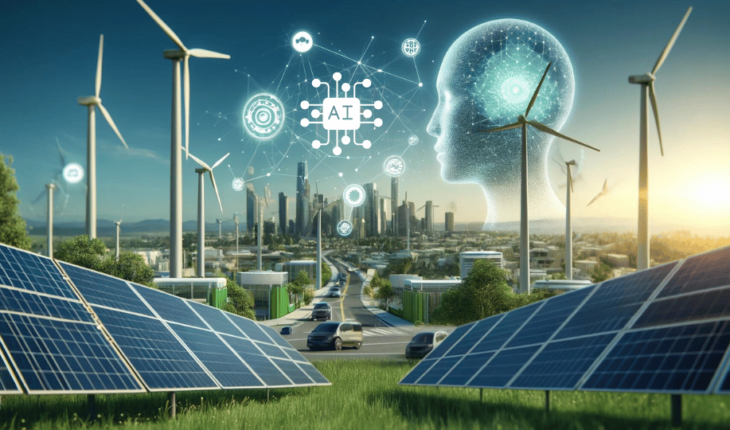The International Monetary Fund’s (IMF) assessment that artificial intelligence is likely to bring economic benefits outweighing its energy-related environmental costs offers timely reassurance. Yet this optimism must be underpinned by policy foresight and investment, especially in emerging economies like India, where the scale and direction of AI infrastructure are still taking shape.
India’s AI efforts, particularly under the IndiaAI Mission, are not yet large enough to influence the national energy mix. But as demand grows, so too will the pressure on energy systems—making it essential that the growth of AI is underwritten by clean power. Encouragingly, the government has signalled its intent to align AI ambitions with sustainability goals, most recently at the AI Action Summit in Paris.
Two factors make this a sector that demands early attention. First is the projected energy use: AI’s electricity needs are rising fast. In the United States, AI expansion could push electricity prices up by 9%, according to the IMF. Without a switch to renewables, this would imply steep increases in emissions. Second, data centres themselves are ideal for co-locating renewable generation. Their vast footprints make them suitable for solar installations, and some Indian firms are already buying clean power to support operations.
Beyond solar, nuclear energy could prove helpful. Small modular reactors located near AI clusters could deliver steady, low-carbon electricity—complementing other renewables and displacing fossil fuels. But electricity is only one part of AI’s footprint. Mineral extraction, water use and electronics manufacturing all carry environmental burdens. These are also areas where India sees industrial opportunity. Sustainability must be embedded from the start. To meet its net zero goal by 2070, India will need not only to cut emissions from legacy sectors but also to ensure that new ones, like AI, are green by design. Now is the time to make that commitment real.






